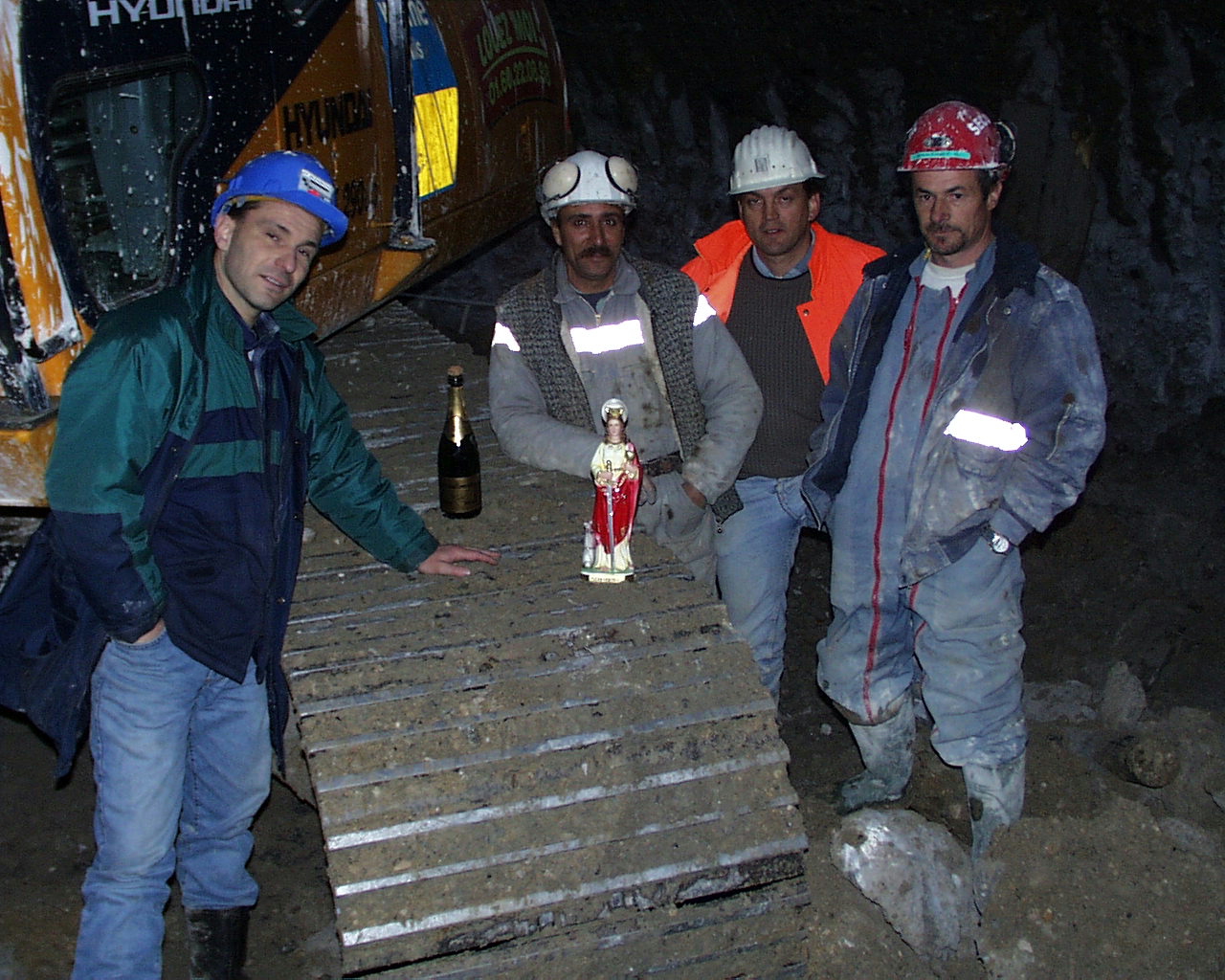
Despite the violent nature of the particle collisions that take place inside the CMS detector, the cathedral-sized cavern in which it sits thirty storeys underground exudes a certain peaceful calm. This is all the more true during the ongoing period of maintainance and upgrades known as Long Shutdown 1; even though these activities keep the cavern busy, all the subdetectors and their electronics are switched off, leaving the vast underground enclosure relatively hum-free. Around a decade ago, this environment was very different: the air filled with the roar of the massive excavators and earth-movers that once operated here, in order to prepare the experimental cavern itself.
When the LHC was being built, it was decided that the CMS detector would reside in Sector 5 of the LHC ring; the exact experimental site is located in the French commune of Cessy and is known as Point 5. Now, although the pre-existing LEP tunnel was repurposed for the LHC, an underground cavern did not exist at Point 5. 200,000 m3 of earth had to be excavated in relatively unstable rock in order to prepare CMS’s experimental and service caverns.
In mid-2001, the on-site workers tasked with this monumental exercise constructed in the wall of the CMS experimental cavern a shrine to St. Barbara — the patron saint of miners — to protect them from injury. A priest from Cessy blessed the shrine on 4 December, the day of the Feast of St. Barbara, after a crane lowered him down the shaft in a cage. All the different LHC sites requiring such excavation had similar shrines.
The shrine was subsequently covered up at the end of 2002 after all excavation works were completed. Perhaps it is fitting that a shrine once graced the peaceful surroundings of the CMS detector.
Whether or not we attribute it to divine assistance, CMS maintained an outstanding safety record during the five years it took to build the underground caverns, with very few, very minor accidents on site.
- Log in to post comments

